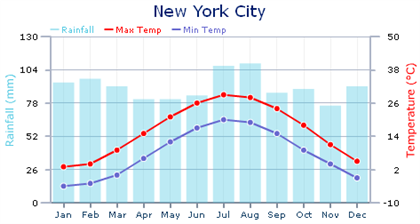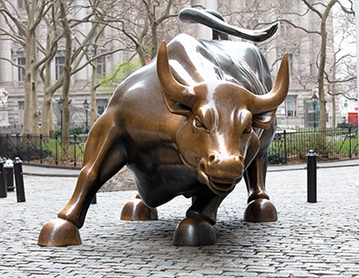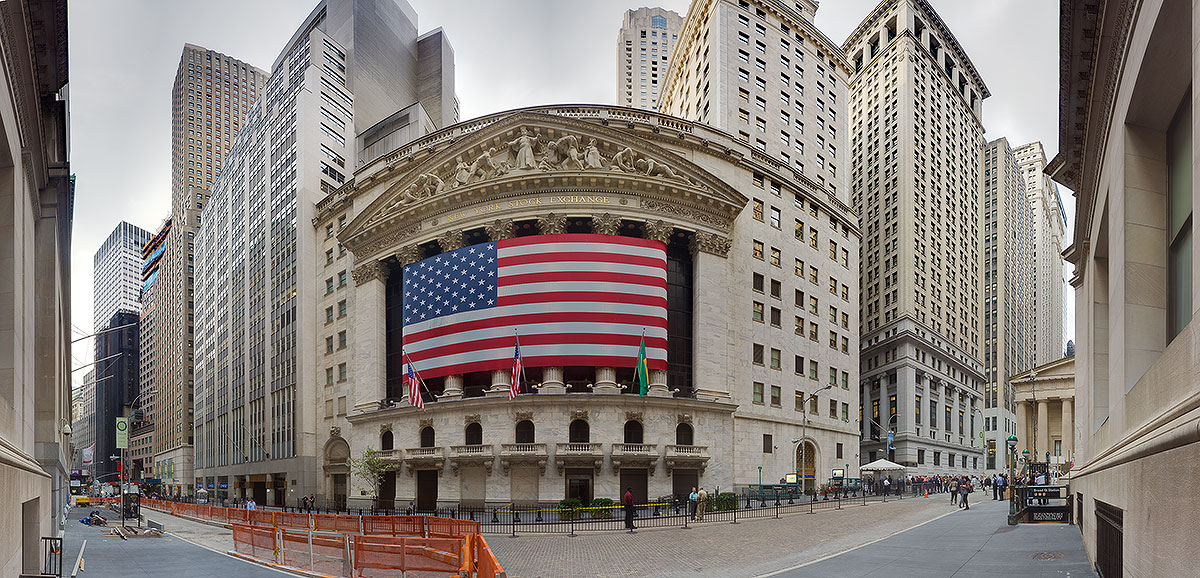

Introduction
With a population of 8.33 million people, New York is the most populated city in the United States. It is the center of the New York metropolitan area, one of the most populous urban agglomerations in the world. The city is referred to as New York City or the City of New York to distinguish it from the State of New York. New York City consists of five boroughs, each of which is a county of New York State. The five boroughs include: The Bronx, Brooklyn, Manhattan, Queens, and Staten Island. They were centralized into a single city in 1898.
Background
In 1624 the colonists of the Dutch Republic founded New York as a trading post and named it as New Amsterdam in 1626. The English took full control of the city and its surroundings in 1664; from 1785-1790 New York was the capital of the United States. New York has been the country's largest city since 1790. As immigrants came to America by ship in the late 19th and 20th centuries, they were greeting by the Statue of Liberty. It is a symbol that is recognized globally of the United States and its democracy. New York City is located in the Northeastern United States, in southeastern New York State, about halfway between Washington, D.C. and Boston. The location of the city has helped it to grow much as a trading port because it is at the mouth of Hudson River which goes into a naturally sheltered harbor and through the Atlantic Ocean. Land is scarce in New York which encourages a high population density. This is because most of New York is built on the three islands of Manhattan, Staten Island, and Long Island, making land scarce and encouraging a high population density.
http://www.factmonster.com/ipka/A0108570.html
http://en.wikipedia.org/wiki/New_York_City





 1685 New Amsterdam
1685 New Amsterdam Dutch Settlement
Dutch Settlement

 Industry
Industry